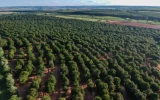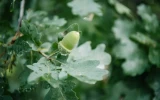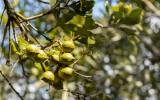How Much Is a Macadamia Tree Worth?
Macadamia trees are prized for their delicious and nutritious nuts, used in various culinary applications, and can fetch a high price on the market. Their value mostly depends on their age, size, and the quality and quantity of nuts they produce. But how do you determine the value of a macadamia tree?
A mature macadamia tree can produce up to 100 pounds of nuts per year, selling anywhere from $2 to $7 per pound, depending on the variety and quality. In addition to this, they can also be used for lumber, and a 30-year-old tree can be worth up to $1,000.
Aside from the specific variety and the age of the tree, the health and condition of the tree, including the absence of diseases and pests, can also impact its worth. As you continue in this article, we'll find out how these and other factors contribute to the overall assessment of a macadamia tree's value.
Knowing the potential value and profitability of individual macadamia trees can help when starting a macadamia farm from scratch as it provides estimates for projected revenue and return on investment.
Summary
- The value of a macadamia tree is influenced by its age, with young trees (1–5 years) being valued primarily for their potential nut production, while mature trees (6–15 years) and old trees (16–20+ years) are valued for their potential lumber, with estimated values ranging from $0 to $100, $100 to $600, and $600 to $1,000, respectively.
- The variety of the macadamia tree plays a significant role in determining its value, with some varieties being more valuable due to superior nut quality and yield, which can command a higher market price.
- Nut yield is another crucial factor in determining the value of a macadamia tree, as trees that consistently yield a high volume of premium-quality nuts are more valuable to growers and can generate greater revenue.
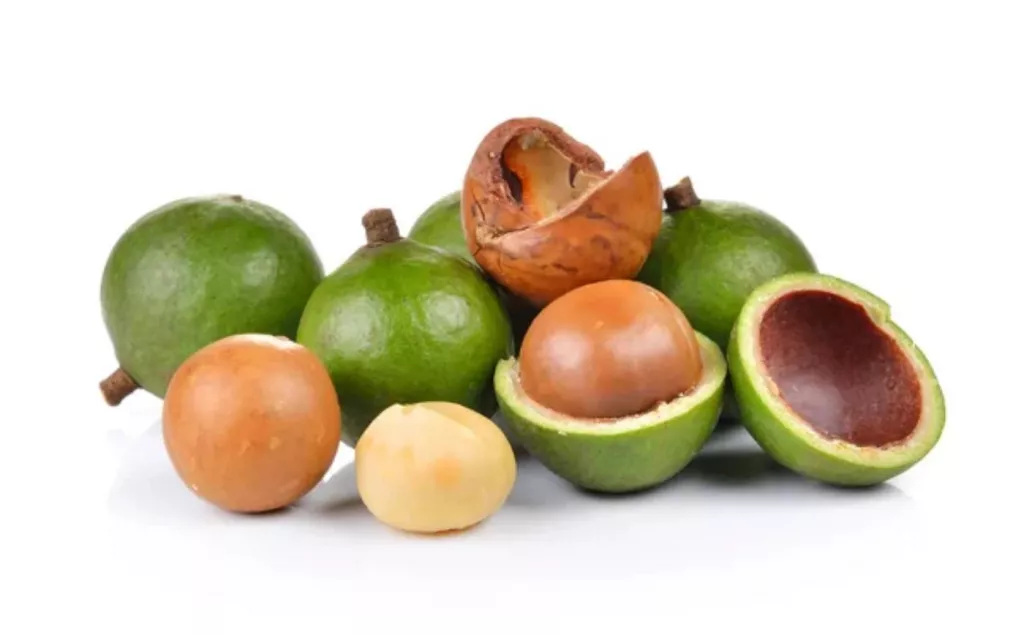
Value of a Macadamia Tree
On average, a young macadamia tree can cost between $20 and $30, while a mature tree can cost up to $200. The price of a tree can also depend on the variety, with some varieties being more expensive than others.
In terms of the value of macadamia nuts, the price per pound can vary depending on the market and the quality of the nuts. As of 2023, the average price of macadamia nuts is around $5 per pound. However, some high-quality nuts can sell for as much as $7 to $8 per pound.
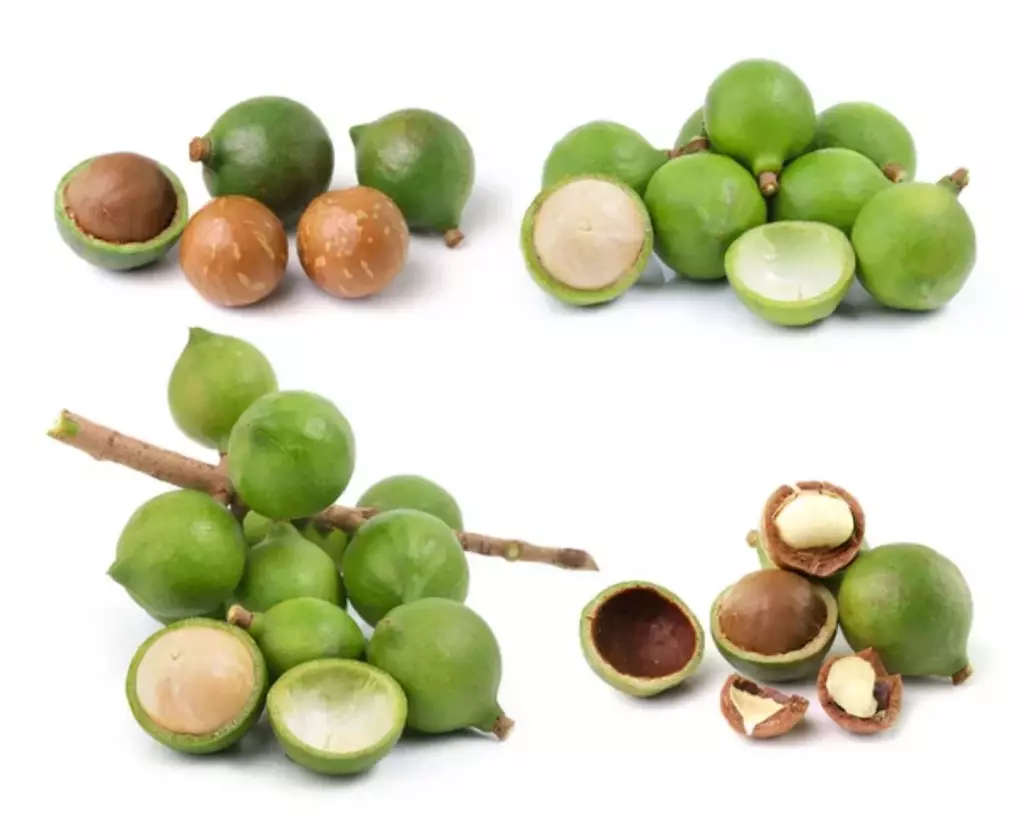
Value based on variety and nut yield per pound
The table below provides an overview of different varieties of macadamia trees, and the value per tree if each yield is sold at an average price of $5 per pound:
| Variety | Estimated Nut Yield (lbs) | Estimated Profit Per Tree ($) (at $5/lb) |
|---|---|---|
| Beaumont | 50 | 250 |
| A4 | 60 | 300 |
| 344 | 55 | 275 |
| 741 | 58 | 290 |
To calculate the worth of a macadamia tree, you need to know its yield and the current market price for macadamia nuts. The market price for macadamia nuts can vary depending on several factors, including supply and demand, the quality of the nuts, and the region where they are grown.
Once you have this information, you can use a simple formula to calculate the value of the tree:
Value of tree = Yield per tree x market price per pound
For example, if a tree produces 100 pounds of nuts and the market price is $5 per pound, the value of the tree would be:
Value of tree = 100 x $5 = $500
Macadamia trees are highly valued for their delicious and nutritious nuts, and the value of a tree is influenced by several factors.
The variety plays a significant role in determining the value of a macadamia tree
There are several varieties of macadamia trees, each with its own unique characteristics such as nut size, flavor, and resistance to diseases.
Some varieties are highly sought after for their superior nut quality and yield, which can command a higher market price. Varieties that produce larger, more flavorful nuts are often more valuable to growers and consumers alike. If you want to learn which variety is best cultivated, you can learn more about the best macadamia varieties in this article.
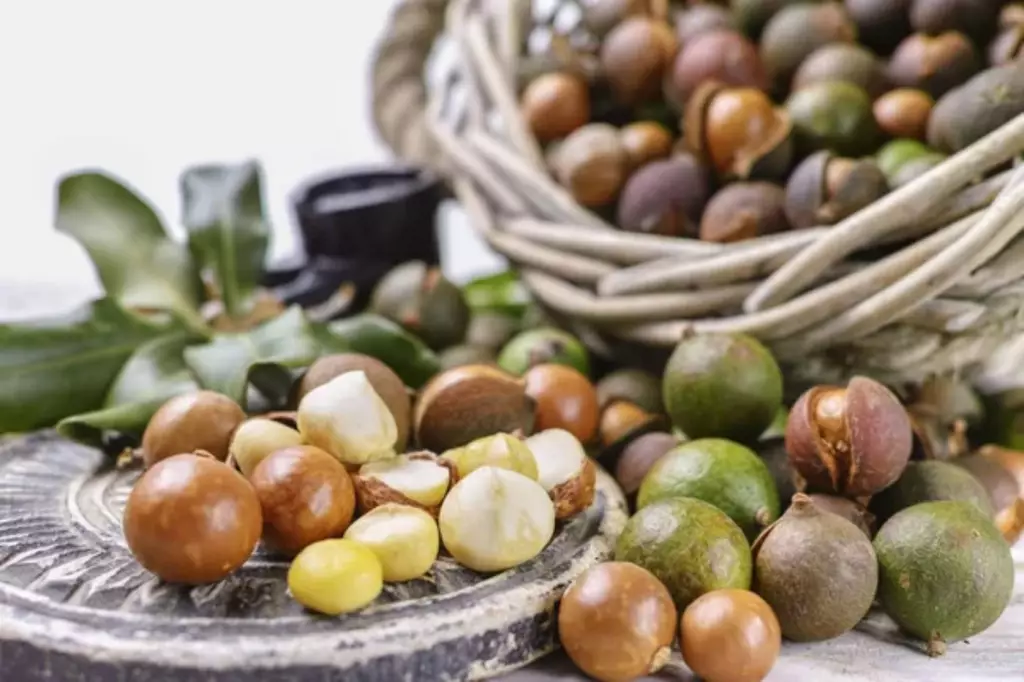
Nut yield is another crucial factor in determining the value of a macadamia tree
The quantity and quality of nuts that a tree produces directly impact its value. Trees that consistently yield a high volume of premium-quality nuts are more valuable to growers, as they can generate greater revenue.
Additionally, trees with a reliable and abundant nut yield are more likely to be sought after by commercial growers and investors. The Beaumont macadamia variety is one of the best macadamia varieties known to have high and consistent nut yields
Value of a macadamia tree based on age
The value of a macadamia tree is not only determined by the nuts it produces, but also by the potential value of its lumber. A 30-year-old macadamia tree is estimated to be worth up to $1,000 as lumber.
| Age | Range | Estimated Value of Macadamia Tree |
|---|---|---|
| Young | 1–5 years | $0 - $100 |
| Mature | 6–15 years | $100 - $600 |
| Old | 16–20 years | $600 - $1000 |
Value of young macadamia trees (ages 1–5 years)
Estimated value: $0 - $100
Young macadamia trees, typically between 1 and 5 years old, are still in their early growth stages and have not yet reached maturity. As a result, their value as lumber is relatively low, ranging from $0 to $100. These trees are primarily valued for their potential nut production rather than their lumber.
Value of mature macadamia trees (ages 6–15 years):
Estimated value: $100 - $600
As macadamia trees reach the mature stage, typically between 6–15 years old, their value as lumber increases. An interesting fact about macadamia trees is that aside from their nut production, their wood is also valued.
The wood from these trees can be used for various purposes, contributing to their estimated value ranging from $100 to $600. At this stage, the trees have developed a substantial trunk and can yield valuable lumber.
Value of old macadamia trees (ages 16-20+ years)
Estimated Value: $600 - $1,000
Macadamia trees that have reached 16–20 years of age are considered old and have significantly increased in value as a source of lumber.
At this stage, the trees have achieved substantial size and maturity, making them ideal for harvesting high-quality wood. As a result, their estimated value ranges from $600 to $1, 000, reflecting their potential as a valuable source of lumber.
Other Factors Affecting the Value of Macadamia Trees
The health and condition of the macadamia tree can impact its worth
A healthy macadamia tree is characterized by vigorous growth, abundant foliage, and high-quality nut production. Conversely, the presence of diseases and pests can have detrimental effects on the tree's overall health and productivity, thus reducing its value.

Diseases such as phytophthora root rot, stem canker, and powdery mildew can cause significant damage to the tree, leading to reduced yield and poor nut quality. These diseases can weaken the tree's immune system, making it more susceptible to other stressors and further reducing its value.
Similarly, the presence of pests such as macadamia nut borer, macadamia felted coccid, and macadamia twig girdler can also impact the worth of the tree.
Pests can cause physical damage to the tree, disrupt nutrient uptake, and transmit diseases, all of which can lead to decreased productivity and lower-quality nuts. Additionally, the cost of pest management and potential damage to the tree's long-term health can diminish its overall value.
A healthy tree is more likely to have a longer productive lifespan, providing a consistent and reliable yield of high-quality nuts over the years.
In contrast, a tree that is constantly battling diseases and pests may have a shortened lifespan and require more frequent replanting, leading to increased maintenance costs and reduced overall value.
The location and climate in which the macadamia tree is situated can affect its value
Macadamia trees are native to the coastal rainforests of Australia, where they thrive in a subtropical climate with well-drained, fertile soil.
However, they are also cultivated in various other regions around the world, each with its unique environmental conditions.
Temperature and rainfall are two primary climatic factors that significantly impact the productivity of macadamia trees. These trees generally prefer a warm and humid climate, with temperatures ranging between 65°F and 85°F (18°C to 30°C).
They require a sufficient amount of rainfall, ideally between 1,500 and 2,500 mm annually, with a well-distributed pattern throughout the year. Inadequate rainfall or prolonged periods of drought can adversely affect the growth and yield of macadamia trees, leading to reduced productivity and lower value.
Altitude also plays a role in the cultivation of macadamia trees. In general, macadamia trees are cultivated at elevations ranging from sea level to 1,000 meters.
Higher altitudes can provide cooler temperatures that may be beneficial for the trees, while lower altitudes may subject the trees to higher temperatures and increased susceptibility to certain pests and diseases.

Soil quality is another crucial factor influencing the productivity and value of macadamia trees. They prefer well-drained, deep, and fertile soil with a slightly acidic to neutral pH.
The soil should also have good water-holding capacity to ensure the trees receive adequate moisture, especially during dry periods. Soil that is too compacted or waterlogged can impede root development and nutrient uptake, leading to stunted growth and decreased productivity.
Furthermore, the presence of strong winds and extreme weather conditions, such as cyclones or typhoons, can pose a threat to macadamia trees, potentially causing physical damage and reducing productivity.
For a more detailed discussion of the ideal climate for macadamias, you can find useful information in this article.
